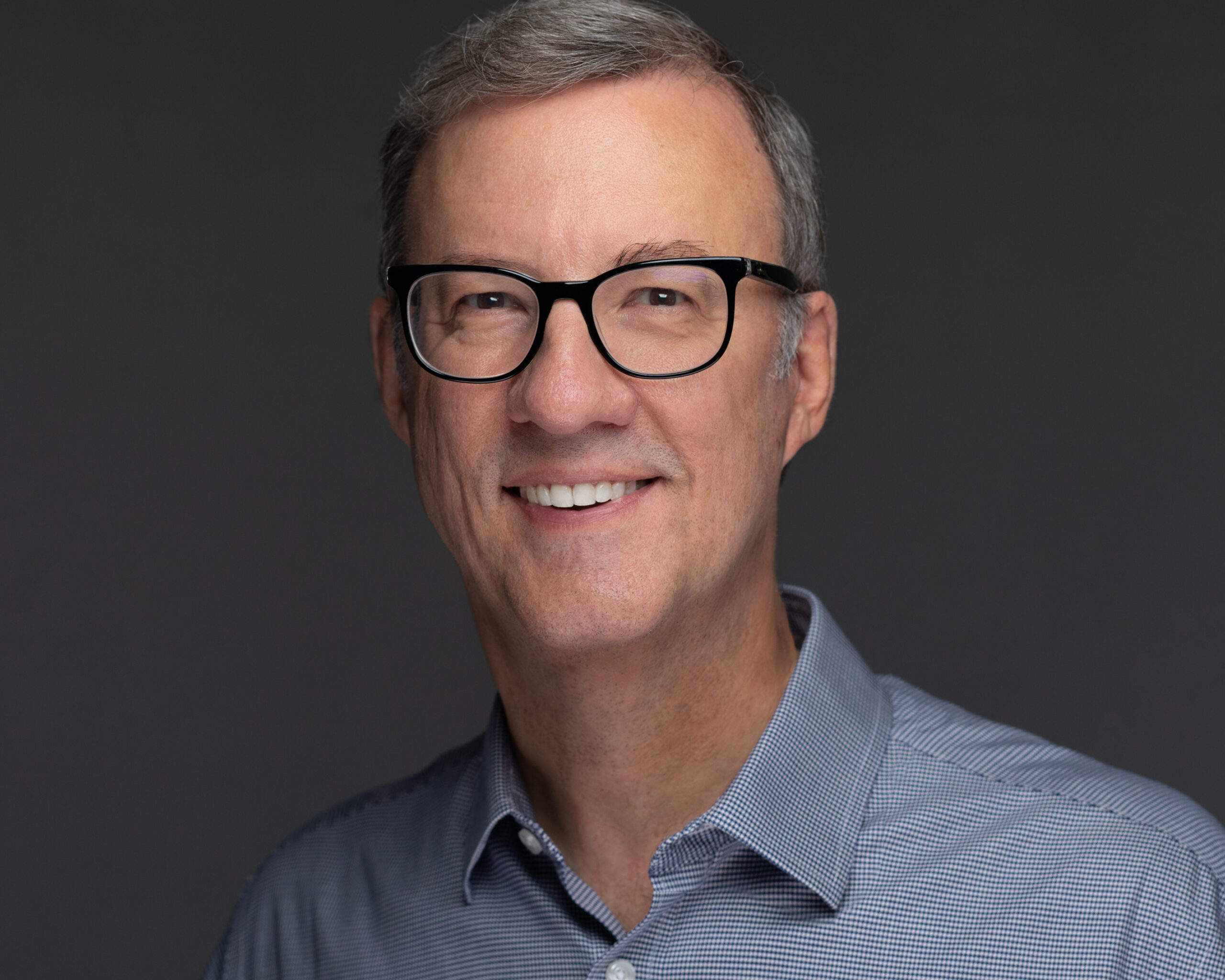Wrong Side of Which History?
As the debate over human sexuality roils the United Methodist Church, progressives have warned traditionalists that by not affirming same-sex marriage they will find themselves “on the wrong side of history.” The assumption is that in the future, same-sex marriage will be so widely accepted that people will wonder how anyone in the church could have ever been against it.
But is that really so?
If “history” is taken to refer to the prevailing opinion of secular Western culture, that is certainly true. A strong majority of Americans (just over 60%) support same-sex marriage[1]. The Supreme Court codified that support, making it the law of the land. We do not need to wait for Americans to approve of pastors performing same-sex weddings; they support it now.
But church history has a much longer arc, and it bends in a different direction. For 2,000 years the Church has spoken with one voice in teaching that God’s design is that marriage is the covenantal union of one man and one woman. Those who are shaping church history today strongly affirm that position. And they do not live in the United States.
The Dawn of the Third Church
For the first one thousand years of church history, the epicenter of the Christian world was in the Eastern half of the Roman Empire (Orthodox.) For the second millennium that center shifted to the West — to Europe (and eventually the United States.)
Today, the epicenter of the Church has moved to the Global South. Missiologist Walbert Bühlman writes, “Now the Third Millennium will evidently stand under the leadership of the Third Church, the Southern Church. I am convinced that the most important drives and inspirations for the whole church in the future will come from the Third Church.”[2]
The church is declining in the West and expanding in Africa, Latin America, and Asia. One hundred years ago, 80% of the world’s Christians lived in Europe or the United States. Today that number has shrunk to 40%. Christians in the West now make up a minority of the Church worldwide.
One out of four Christians alive today lives in Africa. The Pew Research Center estimates that will grow to 40 percent by 2030.
World Christianity’s center has moved not only South, but also East. In the last century, Christianity in Asia grew at twice the rate of population. Asia’s Christian population of 350 million is projected to grow to 460 million by 2025.[3]
Researcher Mark Noll points out:
* Last Sunday, more Christians attended worship in China than in all of Europe put together.
* More Anglicans attended church in Kenya than did Anglicans in Britain, Canada and the U.S. (Episcopal) combined.
* The number of Anglicans in church in Nigeria was several times the number in Kenya.[4]
Today’s prototypical Christian is a 35-year-old Nigerian woman. Close to half of the Christian believers who have ever lived are alive right now — and they are overwhelmingly orthodox.
Coming to America
This historic shift in the Church is starting to be felt in the West.
About half the church-goers in London are African or African-Caribbean. The largest Christian congregation in Europe is in Kiev, and it is pastored by a Nigerian.
Immigration is transforming the Church in America. Hispanic immigrants account for 70% of the growth of the U.S. Catholic church since 1960. And today there are three times more Protestant (mostly Charismatic) Hispanics than Episcopalians.[5] This trend will continue. Asian and African immigrants are bringing their faith to America. The global South and East are sending missionaries to the United States, which is now one of the world’s largest mission fields.
The United Methodist Church is simply mirroring the path of the global Church. Where the Church is growing fastest, it holds an orthodox position on sexuality and marriage. Where the Church is shrinking fastest, it is jettisoning orthodox teaching on sexuality (among other theological tenets.)
Progressive United Methodist Conferences in the U.S. are shrinking rapidly, while orthodox areas continue to grow.
Consider:
* More United Methodists reside in the Democratic Republic of the Congo (2.9 million) than in the Western, North Central, and Northeastern Jurisdictions combined (2.6 million).
* More United Methodists worship in Mozambique than in Northern Illinois, which includes the Chicago metro area.[6]
* Most of the largest UM churches in the U.S. are theologically evangelical.
In the wake of the 2019 special General Conference, United Methodists need to understand that the church-shaping influence of African Christians is not an anomalous quirk of our polity. It is an expression of the direction of global Christianity.
Given these realities, it is ironic that the disappearing progressive Church in the West speaks as if it is the vanguard of God’s emerging work in the world. Admittedly, a spiritual truth is not discerned merely by its popularity (that’s a topic for another post). However, to say that traditionalists are on the wrong side of history is factually incorrect.
Traditionalists may be out of step with secular American opinions about sexuality, but they are on the right side of Church history.
In the unfolding story of the Church, the progressive wing
of the U.S. church is becoming history while the orthodox global Church is making
history.
[1] https://fivethirtyeight.com/features/support-for-same-sex-marriage-isnt-unanimous/
[2] The New Global Mission, by Samuel Escobar, InterVaristy Press, p. 16
[3] Think Christianity is dying? No, Christianity is shifting dramatically by Wes Granberg-Michaelson; (www.washingtonpost.com/news/acts-of-faith/wp/2015/05/20/think-christianity-is-dying-no-christianity-is-shifting-dramatically/?utm_term=.f09680561b7b)
[4] A Snapshot of the Global Church, by Justin Taylor in The Gospel Coalition website March 28, 2019.
[5] See Think Christianity is Dying?
[6] The Shifting Axis of Methodism, by Steve Beard; www.goodnewsmag.org/2019/03/shifting-axis-of-methodism/


Leave a Comment